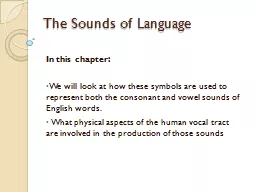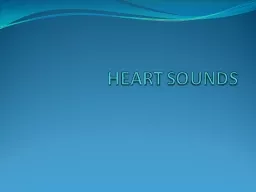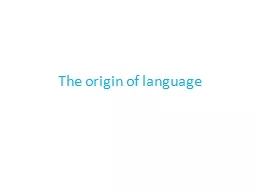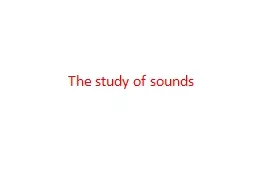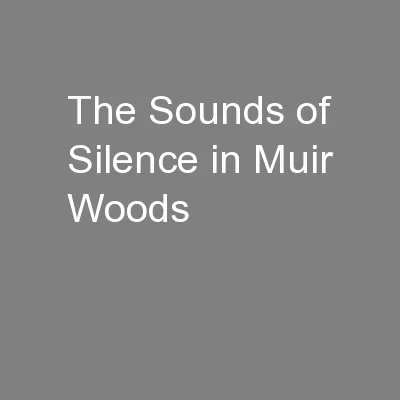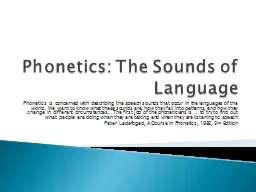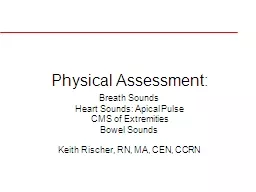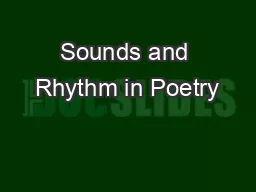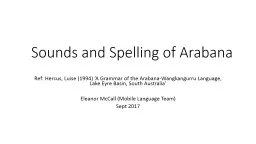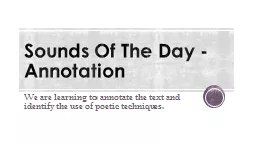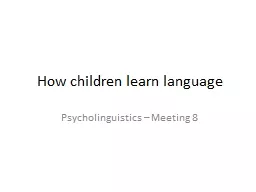PPT-The Sounds of Language
Author : tawny-fly | Published Date : 2016-08-09
In this chapter We will look at how these symbols are used to represent both the consonant and vowel sounds of English words What physical aspects of the human
Presentation Embed Code
Download Presentation
Download Presentation The PPT/PDF document "The Sounds of Language" is the property of its rightful owner. Permission is granted to download and print the materials on this website for personal, non-commercial use only, and to display it on your personal computer provided you do not modify the materials and that you retain all copyright notices contained in the materials. By downloading content from our website, you accept the terms of this agreement.
The Sounds of Language: Transcript
Download Rules Of Document
"The Sounds of Language"The content belongs to its owner. You may download and print it for personal use, without modification, and keep all copyright notices. By downloading, you agree to these terms.
Related Documents

